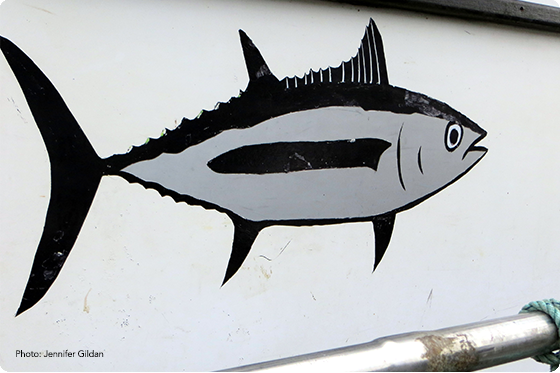
October is National Seafood month. Wild-caught and farmed seafood is an important industry in the United States. To help protect the seafood industry, the U.S. Department of Agriculture (USDA) established the Seafood Trade Relief Program.
The Farm Service Agency, a division of USDA, announced that funds are available for the Seafood Trade Relief Program (STRP) on September 9, 2020. The STRP was implemented in response to retaliatory trade tariffs disrupting the seafood market and in accordance with the Presidential Memorandum on Protecting the United States Lobster Industry. The purpose of the program is to provide funds to eligible commercial fishermen experiencing a loss of seafood exports due to foreign trade agreements and retaliatory tariffs. The agency is accepting public comments about the program until November 13, 2020.
Eligible commercial fishermen can apply to the program and will receive funds calculated from 2019 landings. Funds are available for commercial fishermen of: Atka Mackerel, Dungeness Crab, King Crab, Snow Crab, Southern Tanner Crab, Flounder, Geoduck, Goosefish, Herring, Lobster, Pacific Cod, Pacific Ocean Perch, Pollock, Sablefish, Salmon, Sole, Squid, Tuna, and Turbot.
Eligibility requires the fisherman to hold a valid state or federal commercial fishing permit, and commercial operations must be in business at the time of application. For these purposes, the term “commercial fishing” is consistent with the definition in the Magnuson Stevens Fishery Conservation and Management Act and does not include aquaculture with the exception of geoduck and salmon aquaculture. Eligible commercial fisherman may apply to the program by completing a ccc-916 application form and submitting the form to the Farm Service Agency between September 14, 2020 and December 14, 2020. Applicants are paid as applications are approved, but payment approval timelines will vary depending on the local Farm Service Agency office.
In order to determine appropriate payment rates, the agency measured the retaliatory disruption by estimating the expected impact relative to the pre-tariff trade. To calculate this impact, the USDA used “partial equilibrium trade modeling” that considered factors such as the tariff levels, the amount of production affected by trade disruption, the sensitivity of the retaliating country’s consumers to higher price due to the tariffs, and the availability of substitutes for U.S. productions. The trade model uses these factors to estimate a monetary value that would be due in distribution and then allocates that cost over the affected supply to get a unit-based cost value.
STRP payments are generally not available to applicants making more than $900,000 in Adjusted Gross Income (AGI), which is calculated by averaging the tax years of 2016, 2017, and 2018. Fishermen who meet these requirements can expect to receive funds by multiplying their respective weight of eligible seafood landed in 2019 by the seafood rate. However, payments will not exceed $250,000.
Additional Information:












